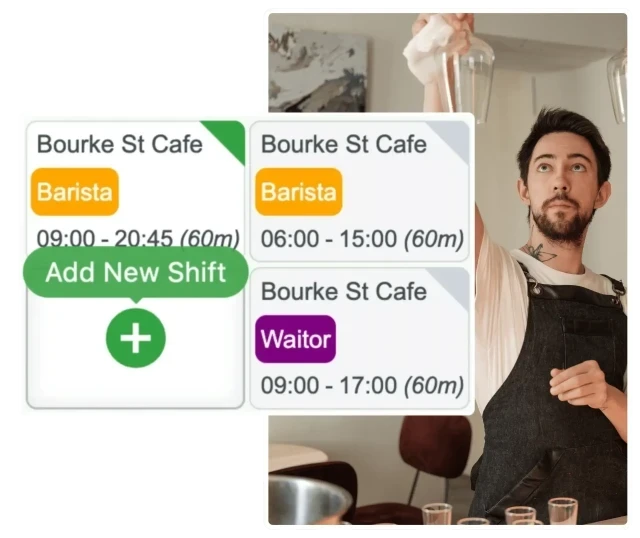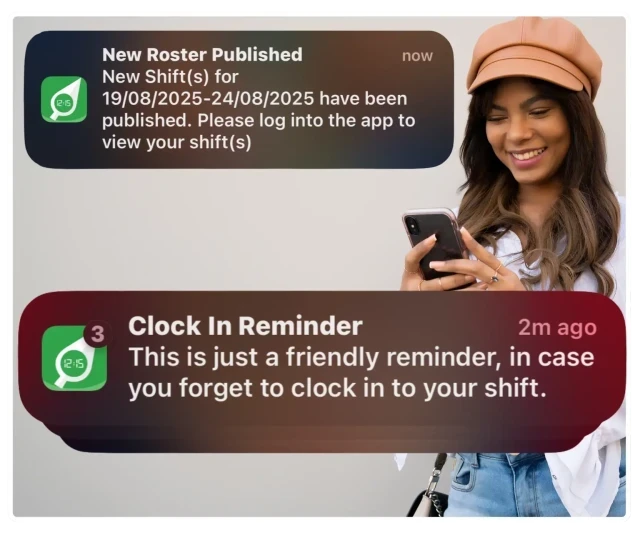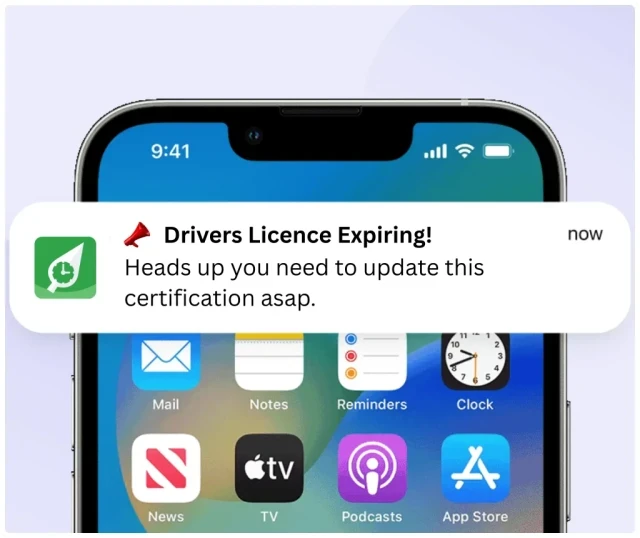RosterElf helps clubs cover coaching blocks, match days, and clubhouse service with compliant scheduling and streamlined payroll. Here’s why managers trust RosterElf:






Rostering and Payroll Software Questions? We have the answers.